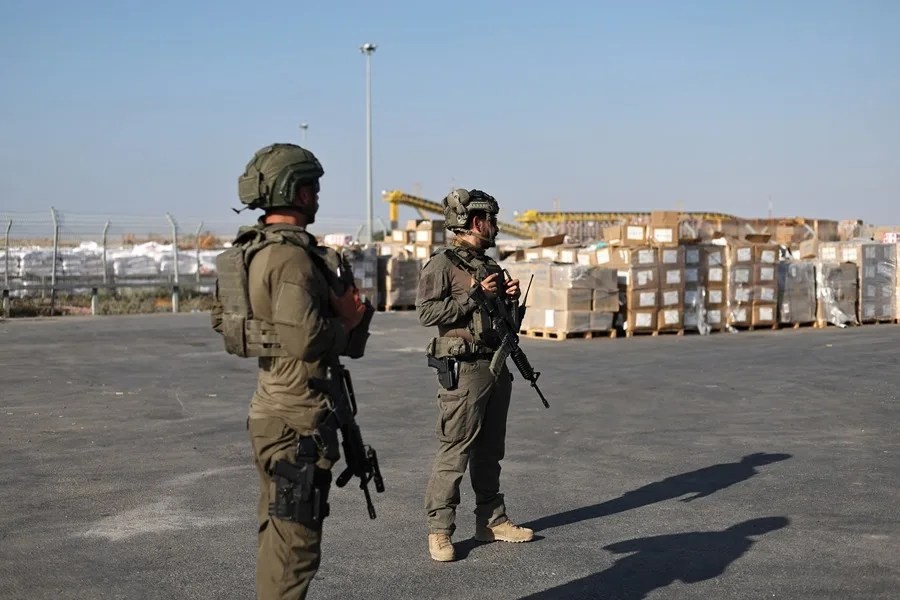US Envoy’s Gaza Food Distribution Visit Highlights the High Cost of Politicized Aid
The visit by the US special envoy to a Gaza food distribution site reveals a crisis exacerbated by militarized aid and deadly violence, raising urgent questions about Washington’s policies and their impact on American interests.

On a tense morning in Gaza, U.S. Special Envoy Steve Witkoff arrived at a food distribution site operated by the American-backed Gaza Humanitarian Foundation (GHF). At first glance, this might appear as a compassionate mission to alleviate suffering in one of the world’s most troubled regions. However, the reality behind the scenes paints a starkly different picture — one where well-intentioned aid is entangled with dangerous militarization and deadly conflict.
Is American Aid Being Undermined by Militarization and Violence?
The convoy’s arrival was met not with large crowds but rather a noticeably reduced group of recipients, signaling the heavy security presence that shadows these humanitarian efforts. While official confirmation from military sources remained evasive, images captured show Gazans scrambling to collect food dropped on the ground amid chaotic conditions that are anything but dignified.
More troubling are reports that over 1,300 Palestinians have been shot near these distribution points or on roads leading to them — many fatally — by Israeli forces. The chaos inside these centers is intensified by night-time food deliveries that spark frantic rushes among thousands, leaving countless families empty-handed.
What Price Are Americans Paying for a Flawed Policy?
This ongoing crisis raises an uncomfortable question for America: How long will Washington continue supporting humanitarian schemes that effectively serve as extensions of foreign military operations? Positions taken by entities like the United Nations condemn these sites as “militarized,” surrounded externally by Israeli troops and guarded internally by American mercenaries.
Therein lies the danger—when aid becomes inseparable from conflict zones’ militarization, it risks fueling instability rather than relieving it. Such outcomes not only compromise regional peace but also threaten America’s strategic interests abroad and at home. Continued instability in Gaza adds pressure on U.S. border security and diverts resources away from pressing domestic priorities.
Yet officials defending this approach emphasize President Trump’s humanitarian credentials and his administration’s intent to “save lives” through measured aid distribution plans. But effective humanitarianism demands more than symbolic visits; it requires policies grounded in respect for sovereignty, clear separation from combatant forces, and ensuring aid reaches those truly in need without escalating violence.
The American people deserve transparency about how their tax dollars are spent overseas—especially when such programs may inadvertently deepen conflicts contrary to our national values of freedom and security.
This grim tableau calls for rigorous oversight and accountability over American foreign aid strategies in volatile regions like Gaza. It beckons policymakers to reassess whether current practices serve America’s long-term interests or instead perpetuate cycles of hardship for both Palestinians and Israelis alike.
